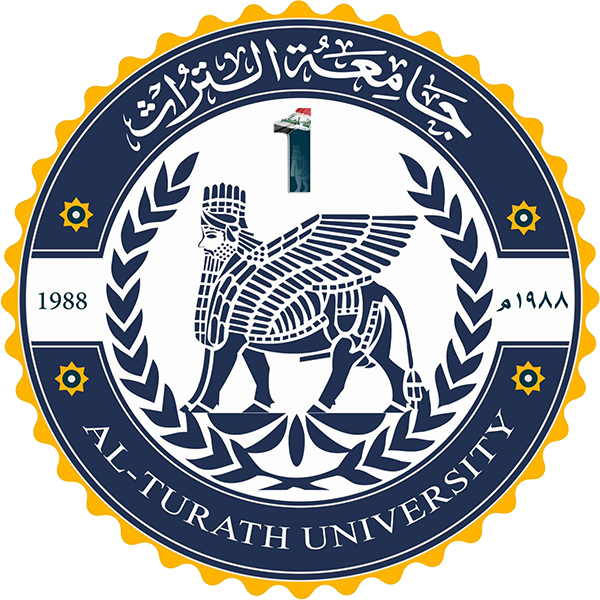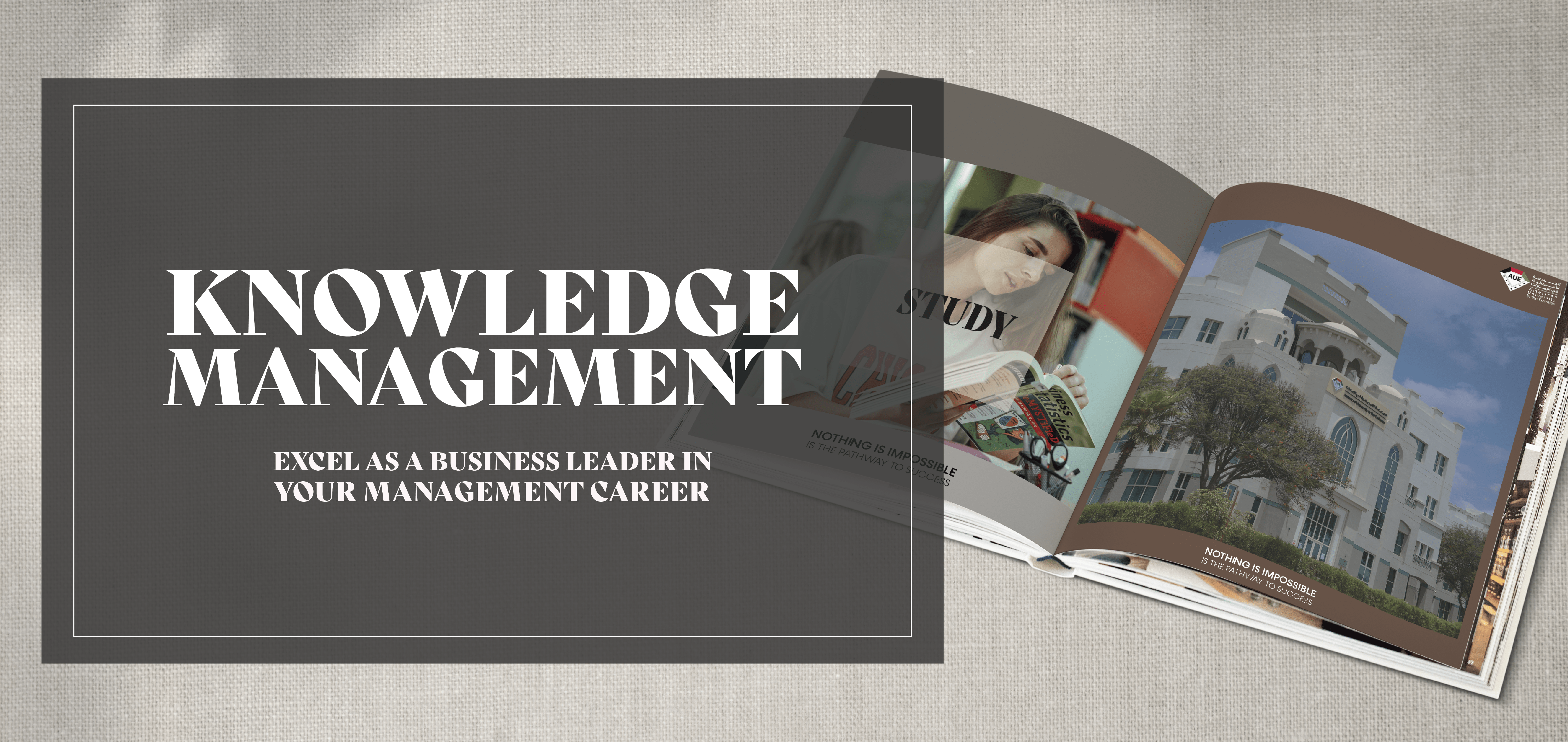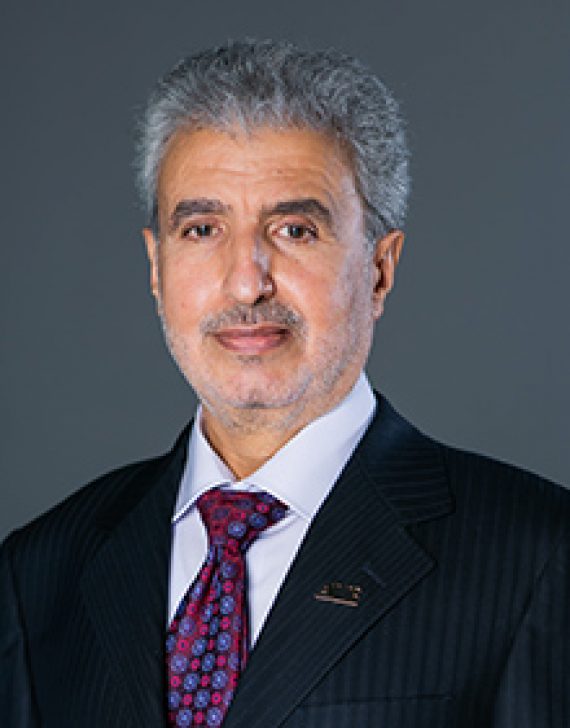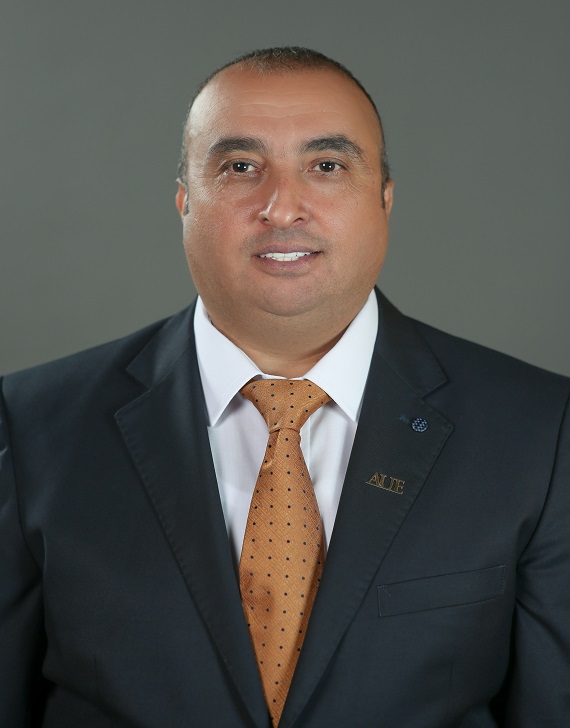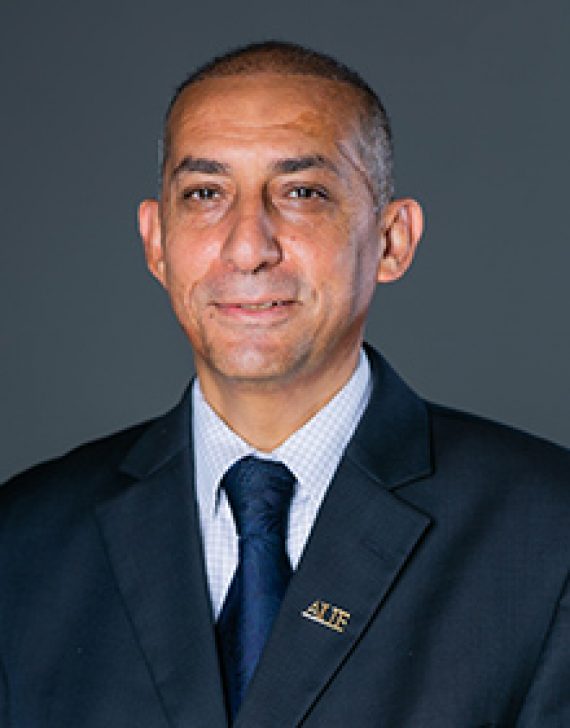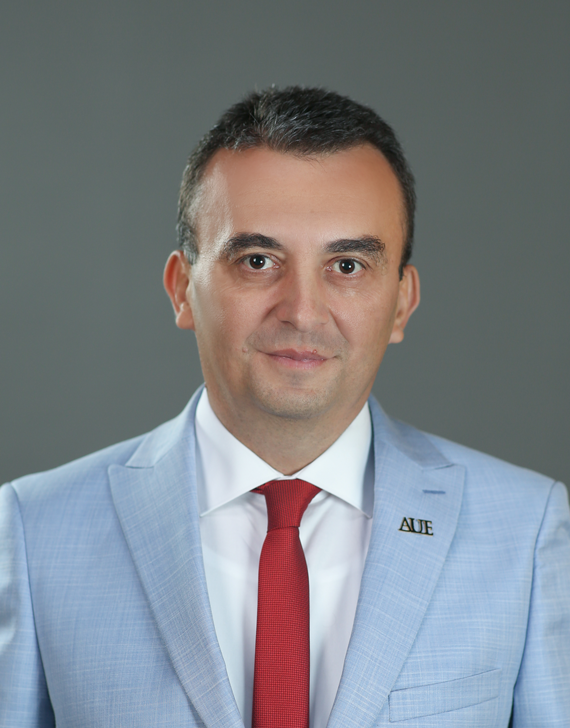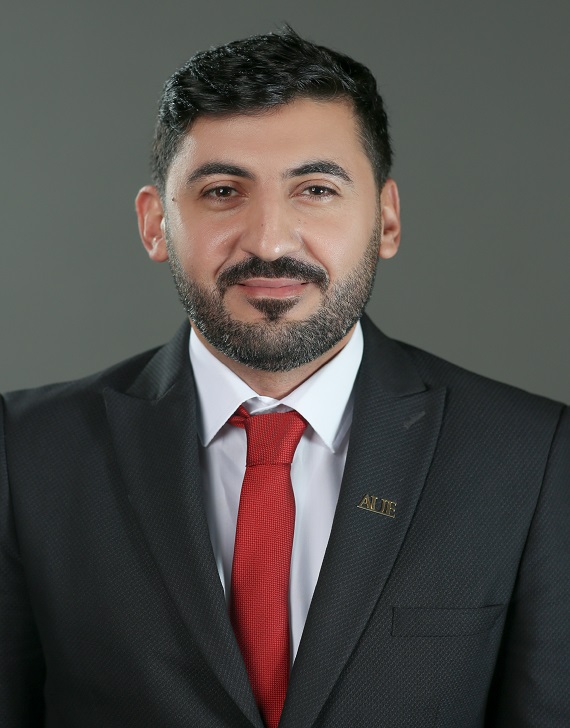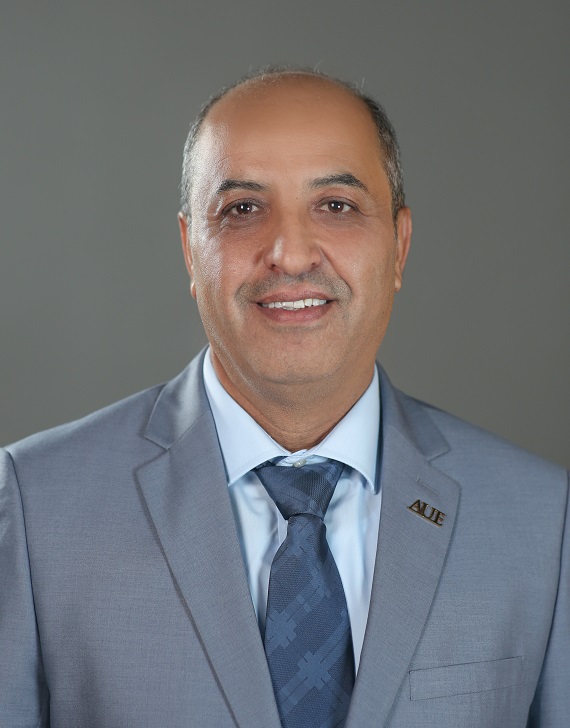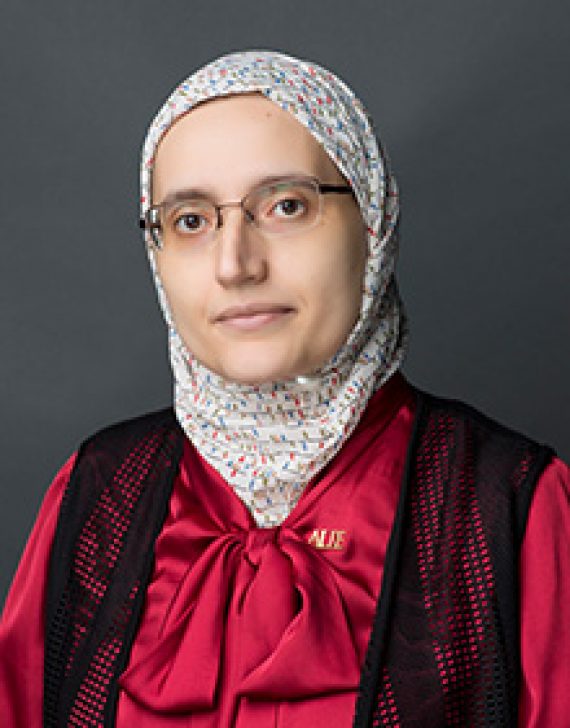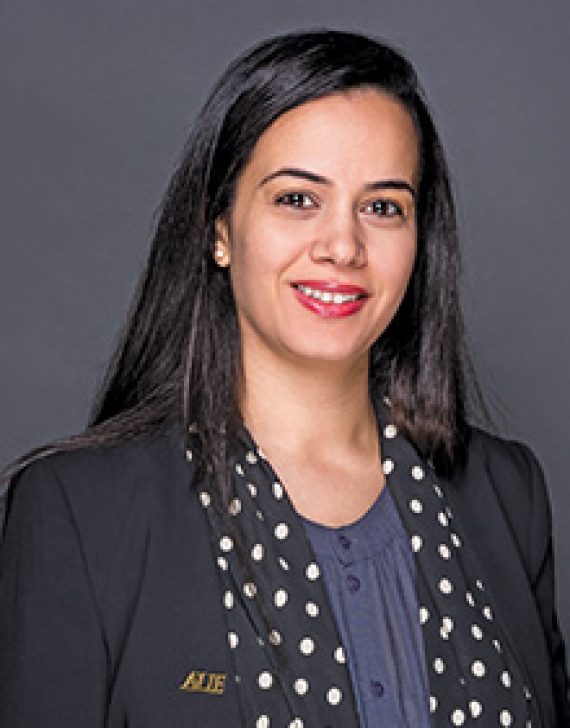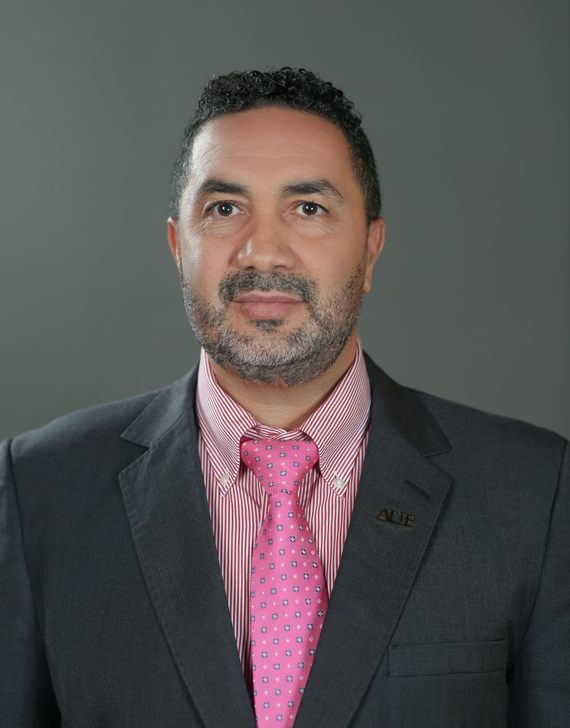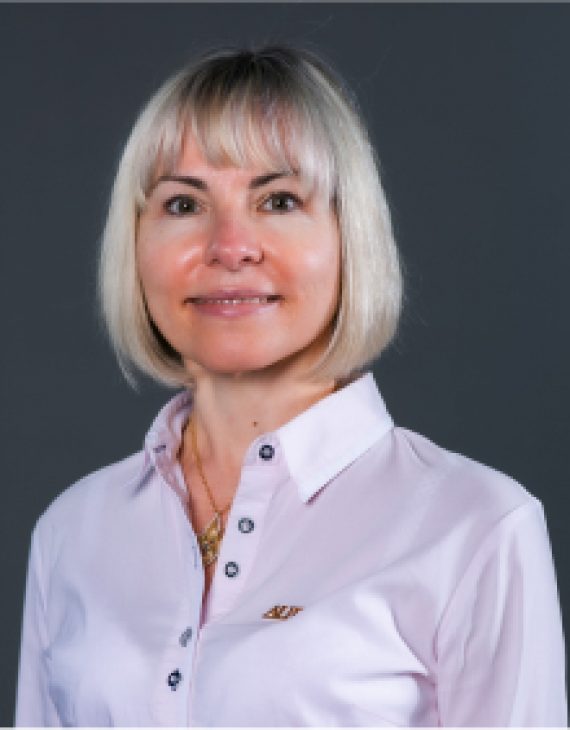Bachelor Of Science In Design – Digital Animation
- Overview
- Program Structure
- Accreditations
- Faculty
- Admission
-
Duration
4 Years
-
Classes
Weekday Weekend
-
Fees
Tuition (One Semester) ……… Approx. 20,000 AED
One academic year is two semesters
Admission (One Time) ……… 3,150 AED
About Specialization
Turn Fantasy into Reality
Have you always wanted to know behind-the-scenes secrets of Pixar and Freej? This program offers aspiring animators the opportunity to create their own movie magic by fusing cinematic storytelling with digital technology and finding their own creative voice with close guidance and encouragement from experienced faculty and guest speakers.
Facilities
Our digital design and drawing studios are fully equipped to allow learners to develop 2D and 3D work through both traditional and modern means. Students have access to a range of state-of-the art digital design programs and facilities.
The Course
This degree is designed to teach students everything they need to know about animation principles, current techniques and industry standards. Students will be primed to make their mark in this exciting field, producing work in professional, creative and stimulating environments. Students will benefit from direct contact with highly experienced animation artists and tutorial staff and will be encouraged to develop skills across traditional and modern animation disciplines, including subjects such as figure drawing, contextual studies and the handling of state-of-the-art digital programs.
Program Learning Outcomes
- Demonstrate breadth and depth of knowledge in digital animation concepts and processes.
- Use and integrate knowledge and relevant technologies, methodologies, and professional skills into meaningful animation and time-based solutions.
- Apply critical thinking and analytical skills per animation industry standards.
- Produce a satisfactory body of animation work, appropriate for a professional position in the industry.
- Appraise digital animation practices, ethical and social responsibilities in regional and global contexts.
Preparatory Courses
Prior to their enrollment in the program, students applying for Bachelor of Science in Design must sit for the placement test related to the program, failure to successfully passing the placement test, they are required to enroll in the following courses:
#
1
2
3
Course Code
CIT 90
ENG 99
DES 90
Courses
Computer Preparatory
Academic Writing (*)
Drawing Preparatory
Credit Hours
0
0
0
Exemption Condition
Passing the Placement Test
Passing the Placement Test
Passing the Placement Test
Program Structure
Course Category
General Education Courses
Core Courses
Specialization Courses
Free Electives
Total
Total Number of Courses
11
11
16
1
39 Courses
Total Number of Credit Hours
33
30
60
3
126 Credit Hours
- General Education Courses
- Core Courses
- Specialization
- Free Electives
A: University Core Requirements
The student selects 6 credit hours (2 courses) from the list below:
B: Languages and Communication Studies
The student must select 9 credit hours (3 courses) from the list below.
Students must take all of the following courses:
Students must take one of the following Arabic Language courses:
C: The Natural sciences or Mathematics
The student must select 6 credit hours (2 courses) from the list below:
D: The Social or Behavioral Sciences
The student must select 3 credit hours (1 course) from the list below:
E: The Humanities or Arts
The student must select 3 credit hours (1 course) from the list below:
F: Islamic Studies
The student must select 3 credit hours (1 course) from the list below
G: UAE Studies
The student must select 3 credit hours (1 course) from the list below.
This course examines color theory as an aid to communication, control and expression in traditional and contemporary design. The fundamental course allows students to explore color topics including color theory, color interaction, and color psychology. Students will study a wide range of creative and technical aspects of color and its use in design, experimenting with traditional mediums and digital applications.
This course is one of the fundamental courses in which the students will be introduced to the visual elements of design comprising of: point and line; shape and form; surface and texture; color and value; light and shadow; negative and positive space. The students will practice design principles: unity and variety; similarity; emphasis and point of interest; scale; proportion; and balance. This course is designed to give the students a strong understanding of 2D and 3D visual communications.
Fundamentals of Graphic Illustration and Digital Imaging introduces students to the use of a computer as a powerful digital drawing and imaging tool. The focus of the course is on basic computer skills and use, mastering fundamental digital illustration and imaging skills, and developing efficient working styles. The course learning experience incorporates a variety of visual artwork strategies including but not limited to, color/ texture enhancements, typography, pen/ brush tools, , perspective tool, using different color schemes. This course involves considerable hands-on instruction and multiple projects using Adobe Photoshop/ Illustrator.
This course provides a core introduction to drawing, covering a wide range of basic and intermediate practical and technical skills. Students will explore approaches and concepts to the subject through manual practice using a comprehensive range of media and with reference to great masters in the field. Traditional and objective drawing skills in the use of line, tone, form and perspective provide the foundation for learning in this course. Students are required to develop their ability to observe, perceive and interpret through drawing the world around them, reflecting their understanding of 2D and 3D space.
This course introduces students to human centered design thinking methods and practices through a variety of hands-on activities. DT is a methodology used by designers for the identification of problems and the definition of innovative solutions. Students will engage in processes for idea generation including sketching and diagramming, concept mapping and low-fidelity prototyping infusing visualization techniques and empathic tools into their design process.
This course is a chronological survey of art and design offering students an in-depth understanding of the role of art throughout history with a strong focus on aesthetic values, socio-cultural influences and technical terminology. Architecture, sculpture, painting, decorative arts, prehistoric art, design of the ancient world, the world beyond Europe, early Christian and Islamic art and the art of the Middle-Ages and Gothic period form the foundation of the course material spanning a period from 40,000 BC to 1300 AD.
This course covers the extensive cultural shifts from the early Renaissance through to the 20th century. Students will study painting, sculpture, furniture architecture as individual works in relation to their geographical, social, political, and religious environments. Also, analysis and comparative study of periodic decorative elements, strong designs and architectural features will be conducted.
In this course, students will learn various techniques to construct objects in digital 3D space, as well as physical 3D solutions. Students will follow a concept development process of research and sketching, to generate designs for 3D production. A final original design, related to each student’s major, will be constructed using industry-standard 3D software.
The course is designed to promote interdisciplinary collaboration in design. Graphic, Interior, Fashion Design and Digital Animation are brought together into one studio environment to allow students with different skills and strengths work as a team solving a relatively complex design problem. Students develop a research plan followed by the establishment of intent and context for the topic and identification of stakeholders, leading to concept exploration and creation of a holistic design solution in cooperation with other specializations, institutes or with professionals from the industry.
Pre-Internship is a zero credit hour internship preparatory course designed for students seeking an internship. The course will prepare students to successfully plan their internship by researching and identifying potential internship opportunities, creating professional resume and letter of introduction, developing interviewing and networking skills as well as a portfolio per industry requirements. Students will go through different learning modules including experiences, team work skills, communication skills, leadership skills, problem solving, self-management and professionalism to be able to make the most of their internship.
The college considers students’ internship as an essential channel that brings together the college, the students, and the job marketplace. Furthermore, internship is a method that integrates the instructional theoretical backgrounds to real existing practice. The training allows them to work under the observation and guidance of the field supervisor without replacing any regular employee. The internship is closely monitored by a college faculty member as an academic supervisor.
This course is exploration of animation theory, principles and techniques. Principles of animation will be introduced through the art of experimental and stop motion animation. Practical experience with different techniques including but not limited to the media of clay, paper cutouts, found objects, pixilation, and stop motion puppets will be provided to the students. Projects developed in this course will increase the students’ professional vocabulary and allow them to demonstrate a working knowledge of a range of animation techniques.
This course covers the theory of digital production, compositing and working in digital formats. In addition to production theory, students learn to handle equipment as they shoot, light, record sound, edit, and author original productions.
This course introduces the theory and production of motion graphics utilizing industry-standard software and current broadcast techniques with emphasis on classic animation principles and workflow. The focus is on animating with typography, graphic symbols, shapes and color, to design and produce highly compelling time-based motion graphics and typography for broadcast, web, and mobile platforms.
This course introduces students to the different 3D modeling hard-surface methods using industry relevant software with an emphasis on polygonal, subdivision surfaces and Nurbs modeling. The focus will be on the basic and advanced tools, and the production methodology.
This course focuses on 3D character design and modeling for animation. Modeling, animation, lighting, texture mapping and rendering are introduced in a production setting. Students will work on several hands-on 3D modeling and animation projects using industry-standard software.
This course builds upon information introduced in Character Modeling and introduces basic theory of computer animation with an emphasis on character development. Students will be able to hone their professional skills through exploration and application of animation principles (timing, spacing, force, dynamic posing, weight, arcs) and technique. The principles of character animation will be implemented in conceptualizing, storyboarding and executing of a high-quality animation project.
This course is an exploration of the history and evolution of animation forms and contemporary animation. Students will identify and analyze the timeline of different genres and the work of the key creative figures in the development of this industry. In addition to lectures, review and analysis of professional work, they will construct early animation devices to develop an understanding of the moving image.
This course introduces students to storyboarding as an integrated stage in the preproduction process through studying scripts and sketching a sequence of images to give a better idea of how the scene will play out. Story development, camera language, stages in storyboarding, storyboarding formats, motion and animation, character development, preproduction packets, and pitching will be included. Students will learn how to structure a storyboard for presentation.
In this course, students will construct rigs for characters and animals, for efficient and convincing animation. Students will experiment with both FK and IK systems and their respective components, spline controls, and blend shapes. Scripting, expressions and Set Driven Key will be covered, to create rigs for dynamic animation.
This course covers the pre-production planning and processes for digital animation projects. The students will follow the necessary steps in the production pipeline while identifying and refining their idea, concept and methodology. Students will implement a team-based animation project to understand and manage the collaborative workspace. Tasks will include story, script, concept, storyboard, character design, storyboards, animatics, modeling and rigging.
This course covers production and postproduction for animation. The students will continue working on their team-based Capstone Project. They will receive continuous instructions and critiques from their supervisor. In addition, students will complete peer review approaches to their projects. Students will receive feedback and refine their concepts, methodologies and outcomes, focusing on meeting deadlines, and following the production pipeline to maintain efficient professional practices.
Findings will be documented weekly, compiled, and presented orally as well as in writing through a capstone report. A Demo Reel of the student work on the capstone production will be delivered.
This course provides an opportunity for students to focus on various issues in fashion design and to study advanced techniques and processes. Course content vary each time the course is offered. The course emphasizes research analysis and the creative process that leads to innovative solutions and allows students to pursue individual projects related to the subject of the course. The course may include lectures, discussions, individual projects and critique, depending on the nature of the topic.The student is assigned to research and identify a topic, and develop a detailed research proposal highlighting the goals, objectives, tasks, methodology and time plan. The topic could range from an academic research to school/ community service, student-developed business or any other area of personal interest. The student communicates regularly with his/ her academic-capstone advisor for review, while working constantly to improve the outcome by building upon previously gained expertise. The academic-capstone advisor contributes through meaningful feedback and setting expectations of standards, offering an opportunity for open-ended learning through self-reflection and improvement.
Students of fashion design are expected to create a minimum of five original pieces for a clothing line with the integration of trend research and creative response. The process is documented, findings are compiled and presented orally as well as in writing through a capstone report.
The project is divided into three distinct phases: 1. Research and topic selection
2. Conceptual and design development
3. Design execution/ design presentation, with necessary documentation and a comprehensive report
This course is an exploration of theory, principles and techniques of 2D animation using industry standard software. Students will apply basic animation principles to produce their own characters, storyboards and integrate them into a short-animated movie utilizing industry standard software. Emphasis will be placed on timing and performance. Use of capture device, pencil tests, inking, audio/visual language integration and other 2D animation skills will be explored.
This course is an implementation of the twelve principles of animation with 3D animation tools. Students will be able to build a solid set of foundational skills and to create convincing and entertaining animation as well as to enhance their knowledge of the basic physics and mechanics of animation. Studio practice will include graph editor drills, best practices from planning to polish, and carefully guided demonstrations. At the end of the semester, student will be presenting a short character animation, including audio, background, lights, and camera.
Typography-I is the study of letterforms including their purpose as communication tools, type anatomy, syntax, and their evolution with technologies in printing and new media. This course will provide the student with a foundation to understand the evolution of typography from both historical and conceptual perspective. Students will be exposed to a vocabulary of professional terms to articulately communicate their ideas with their peers, and their future associates and clients. In addition, students will learn to incorporate the basic principles of typography with the essential technical skills necessary to achieve success in graphic design and advertising.
Students will develop an in-depth knowledge of human anatomy and figure construction through exploration of the skeletal, muscular and surface systems of the human body. Portraiture and facial expression also form part of the course. Classic technique and personal interpretation will be explored through intensive studio practice based on direct observation of the model examining shape, form, line, tone, value, texture, weight, balance, stress and movement. Advanced composition, sophisticated mark-making and the development of personal expression, interpretation and visual fluency are key in this course as well as thoughtful and constructive participation in group critiques using appropriate terminology.
3 Credit Hours must be chosen from any other college/ specialization in condition the prerequisites of the chosen courses are met.
Recommended Study Plan
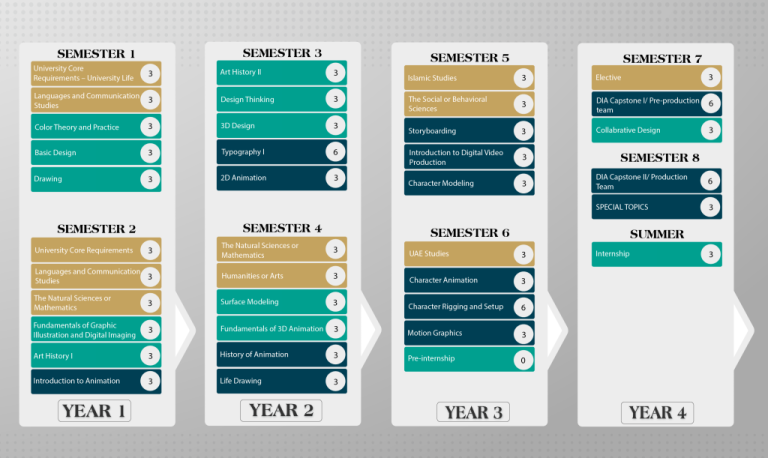
Accreditations
The American University in the Emirates is licensed by the UAE Ministry of Education – Commission for Academic Accreditation | caa.ae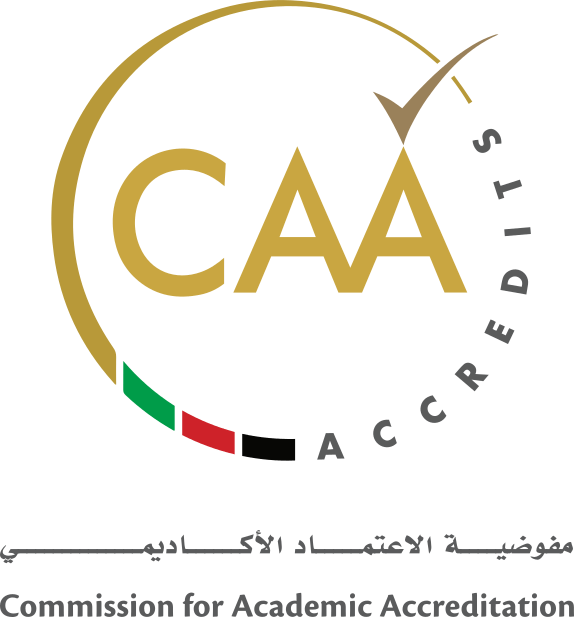
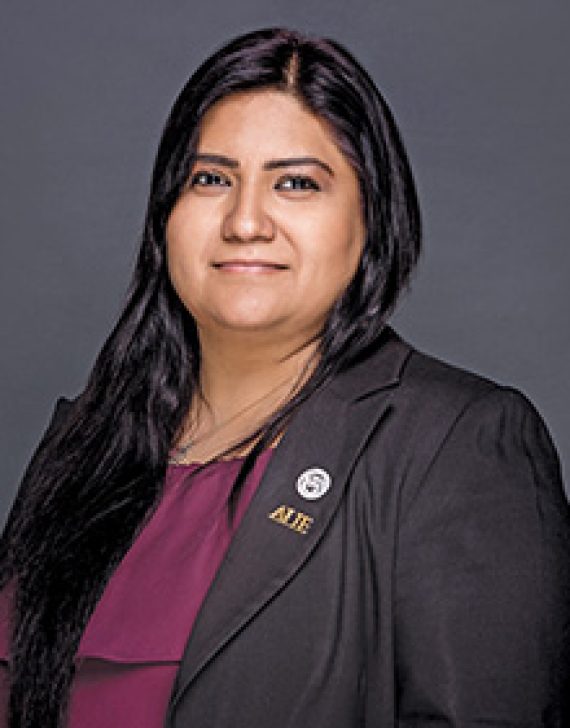
Prof. Asma Salman
Professor / Dean

Prof. Munther-Momany
Professor / Program Director - Master of Business Administration

Prof. Sung IL Hong
Assistant Professor / Program Director - Master of Sports Management
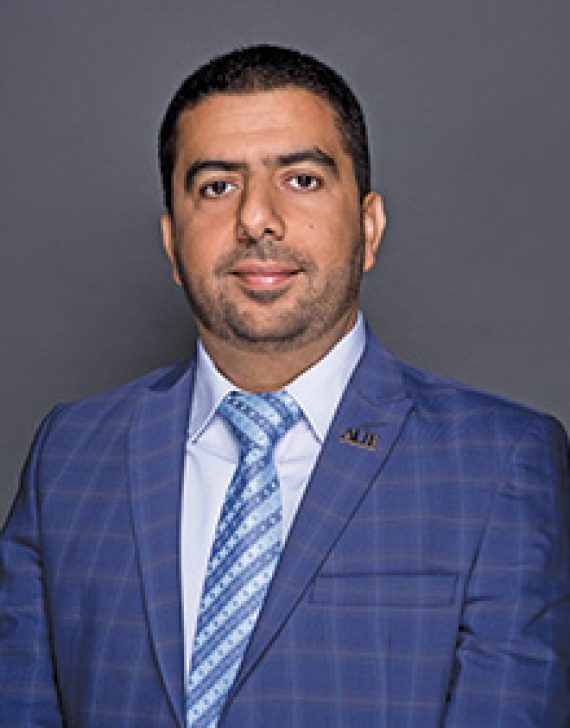
Dr. Azzam Hannon
Associate Professor / Department Chair of Accounting and Finance
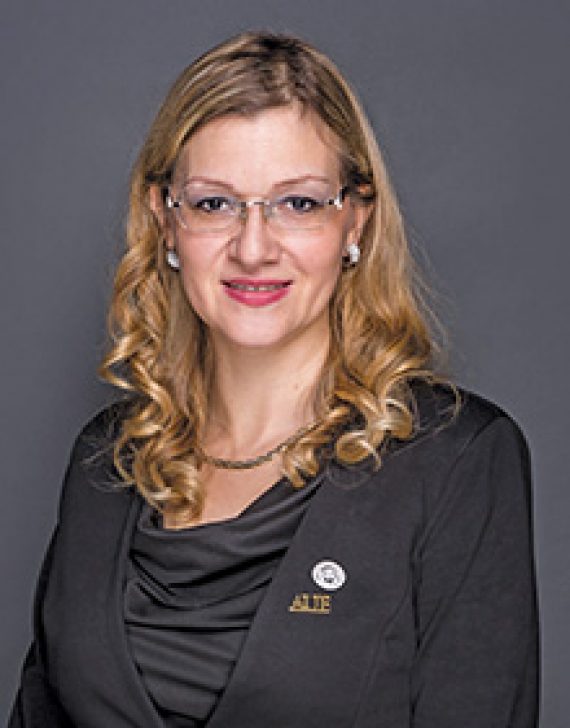
Dr. Nikolina-Ljepava
Assistant Professor / Department Chair of Management
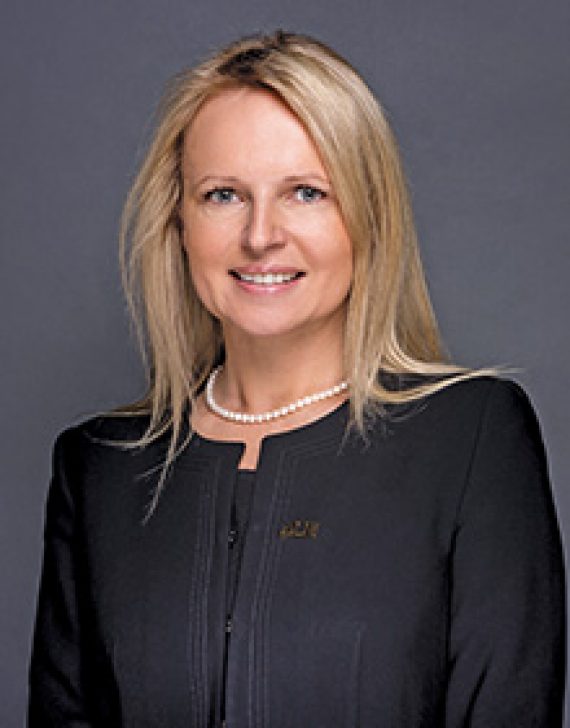
Dr. Edyta Skibińska
Assistant Professor / Specialization Coordinator - Hospital and Healthcare Management
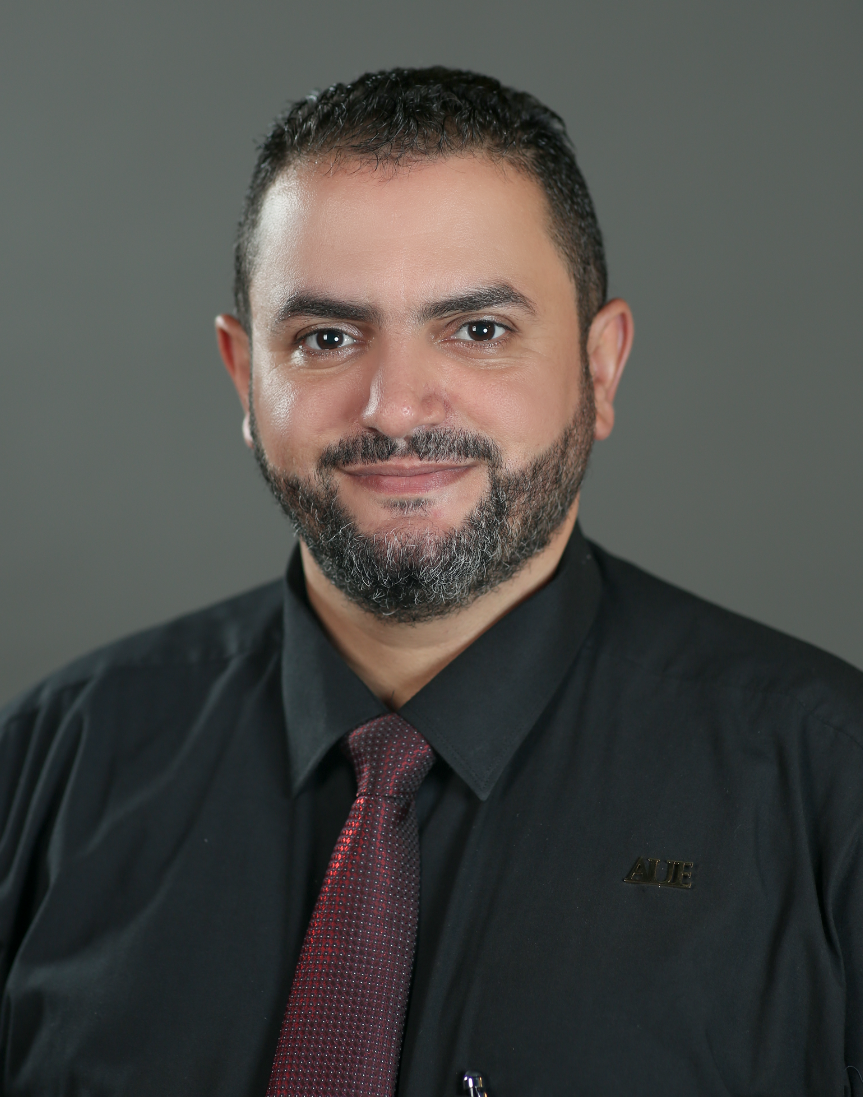
Dr. Mohammad Alsmairat
Assistant Professor / Specialization Coordinator - Logistics and Supply Chain Management

Dr. Riad-Al-Chami
Assistant Professor / Specialization Coordinator - E-commerce and Marketing

Dr. Samer Kobrossy
Assistant Professor / Specialization Coordinator - Business Management
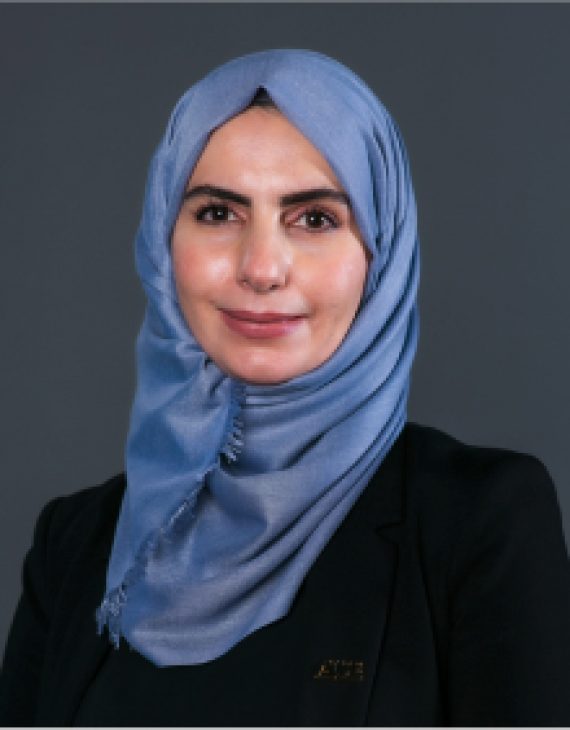
Dr. Tamara Mohammad
Assistant Professor / Specialization Coordinator - Human Resource Management
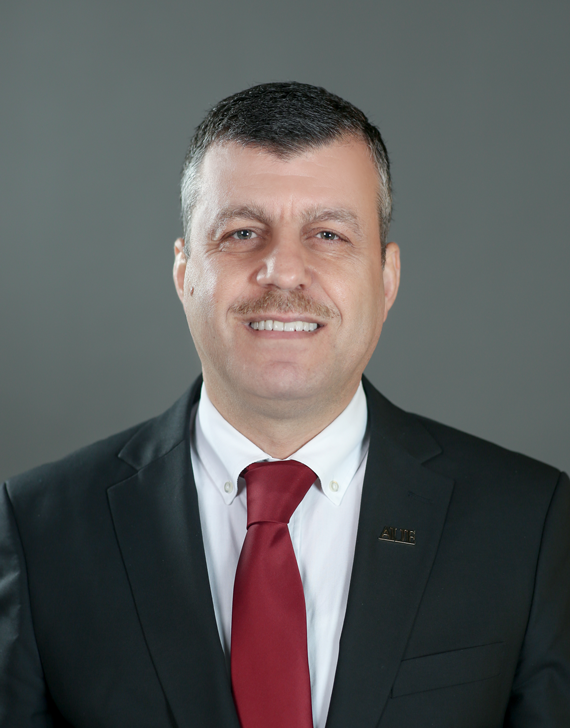
Dr. Alaa Mushtaha
Assistant Professor / Director of Innovation & Lifelong Learning (RYADA)
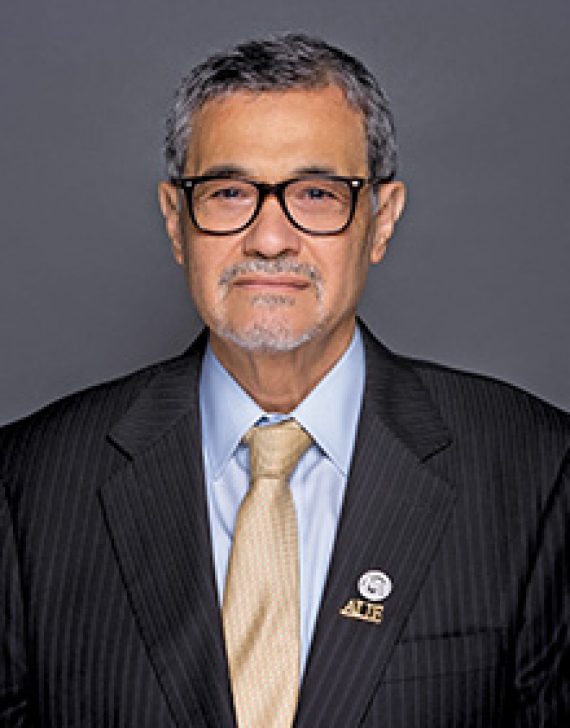
Prof. Salaheddin Abosedra
Professor
Graduation Requirements
For graduate degree completion, graduate students must satisfy the following requirements:
- Earn a minimum CGPA of 2.00 on a scale of 4.00.
- Successfully complete all courses as described in the study plan.
- The Degree Completion requirements must be met within the timeframe of the program.
- Transfer students must successfully earn a minimum of 50% of the course credits for the program at AUE.
Joining the Program
- Fall Semester
-
September
-
Spring Semester
- January
- Summer Semester
- May
